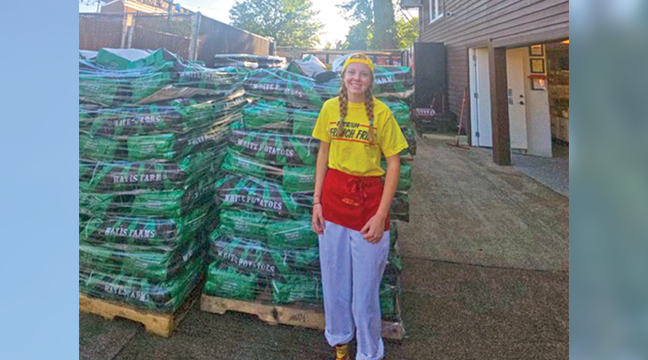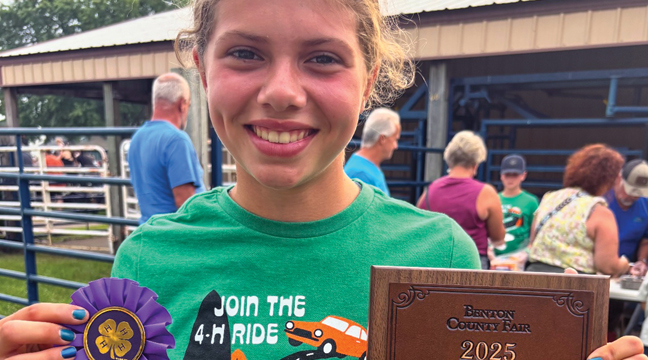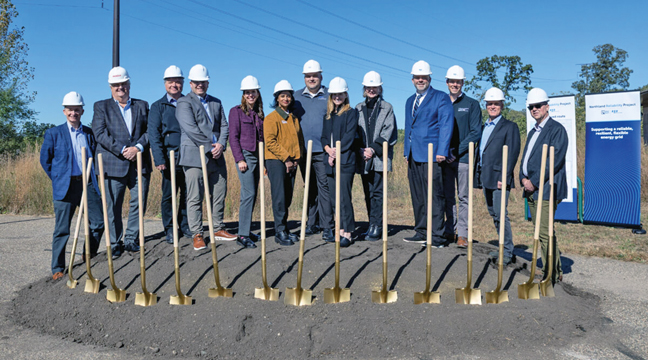Snowmobile racing has returned to fairgrounds in Ironwood, MI, the epicenter of the Great White North, where northern Wisconsin and Upper Michigan slumber for seven months of the year under a heavy blanket of the “white gold” from the bosom of Gitchee Gummi, the great inland sea.
We considered attending, my Yooper buddies and me, in a series of conference calls that concluded with the firm decision that we were too far along in years to spend that much time in sub-zero temperatures, treading on the treacherous “black ice” to purchase and release the vital barley pops needed for sustenance. “You could fall and break a hip,” was heard for the first time in our discourse.
So different from the “Golden Age” of the early 1970’s when we thought nothing of standing for eight hours in minus 10 degree temperatures, properly chilled aluminum can in hand as we watched the races unfold over the three-day weekend.
The track at Ironwood was wicked fast, a half-mile oval designed for harness racing that was plenty long enough for snowmobiles to reach maximum velocity. The early snowfall drew the factory racing teams to town for the first big showdown of men and equipment, with semi-trailers from Polaris, Arctic Cat, Ski-Doo, Yamaha parked shoulder-to-shoulder on the fairgrounds, along with hundreds of private teams. The 1972 “Snowmobile Olympus” drew 1,200 entries and over 10,000 spectators. You could see it from space.
That event headlined the greatest drivers in the sport as well, including Bob Eastman and LeRoy Lindblad for Polaris, Larry Coltom and Charlie Lofton for Arctic Cat, Mike Trapp on a Yamaha and Ski-Doo’s “Terrible Twins” Yvon DuHamel and Gaston Ferland, two very short and very fast gentlemen from Quebec. And it also included perhaps the greatest of them all, the even shorter Gilles Villeneuve, the one-man-team for the tiny Alouette factory.
Villeneuve was an unknown entity when he and his team appeared in Ironwood at that 1972 event, having driven their converted short school bus, painted Alouette red and christened “Bertha” on a non-stop 72-hour trek from the racing shop in Montreal, Canada.
As a reporter for the Daily Globe in Ironwood I had access to the pit area, where I was able to conduct a very funny interview with the sleep-deprived Villeneuve, relying on my fractured high school French and his then-limited command of English to agree that it was very cold in Ironwood and that his new Alouette “Super” machines were very fast, if they would hold together.
As it turned out, they did not, at least that year. The fact was that the machines were incredibly fast, though fragile. Villeneuve’s driving style, however, was anything but fragile.
Wearing a race uniform of some metallic gold fabric that made him look like a matador about to enter the bull fighting ring, he demonstrated that he had one racing speed, flat out, as fast as the machine would go. Predictably, this often resulted in a huge cloud of snow dust peppered with flying snowmobile parts, but it also led to some spectacular successes.
Also a clever engineer, Villeneuve flummoxed the snowmobile world the next year with a twin-tracked racing machine for the new Sno-Pro racing class, a machine which featured an enclosed cockpit for the driver (See attached photo) and so many other innovations that so spooked the other manufacturer’s that they sought to have it banned immediately. They failed, and the machine won several Cup races in Canada. He also won the most coveted prize of all, the World Championship race at Eagle River, WI, on one of the conventional Alouette racers in 1974.
His snowmobile racing success led to a career in open-wheel racing cars, eventually bringing him to Europe for a shift with the McLaren Formula One team. When they declined to offer him a ride for the next season, the racing world was stunned when he received an offer from the Old Man himself, Enzo Ferrari.
In a later interview, Ferrari said that he saw something in the “piccolo Canadese’” (the Little Canadian) that reminded him of some of the great racing drivers on his teams in the distant past, and he was determined to give Villeneuve a chance to show it in one of his cars. Formula One champion Nikki Lauda said that Villeneuve was “a crazy devil” in the race car, but outside it he was the most polite and affable person you were ever likely to meet, a “completely unique individual.” The Ferrari deal brought Villeneuve and his wife and children to Monaco, where the future looked amazingly bright.
Villeneuve’s career at Ferrari was marked with some spectacular race wins, and some equally spectacular crashes that had some questioning his continued role with the team. He had Enzo Ferrari’s full support, however, and stayed with the team from 1978 until he was tragically killed during a practice session for the Belgian Grand Prix in 1982.
He is still fondly remembered by members of the racing community today, and the race track in Montreal that hosts the Canadian Grand Prix each year is called “Le Circuit Giles Villeneuve” in his honor. And one of his 312T F1 cars has pride of place in the racing section of the Ferrari museum in Maranello, Italy, a testament to the affection he inspired in that most competitive of environments in the racing world.
His son, Jacques Villeneuve, won the Formula One championship in 1997, driving for the Williams team.









